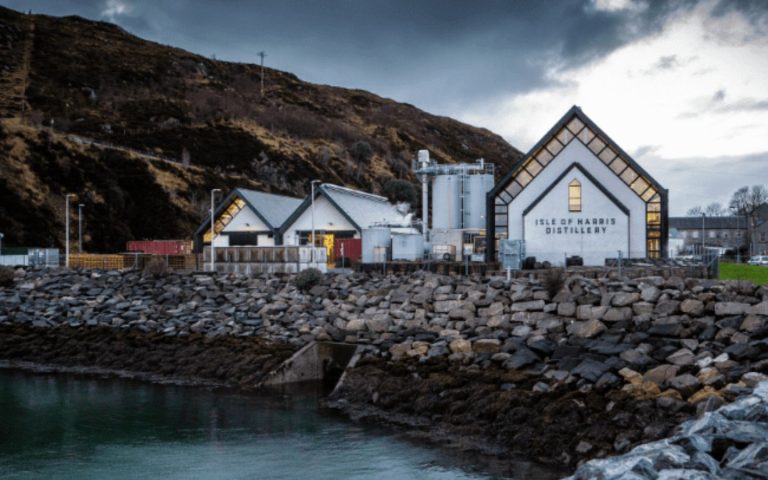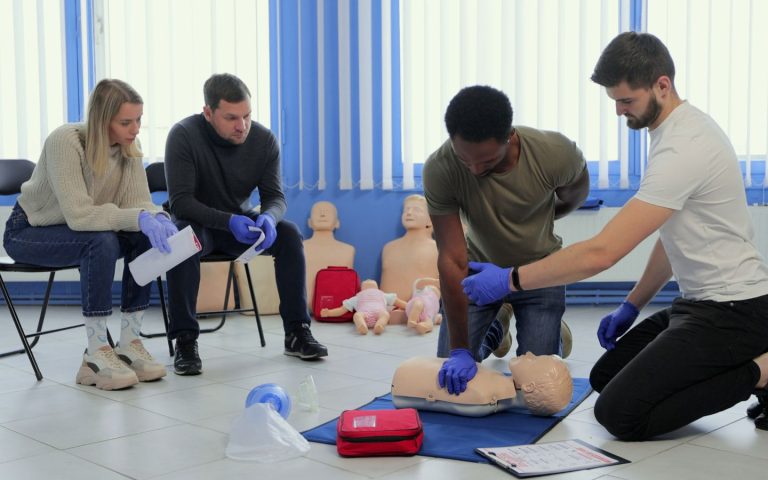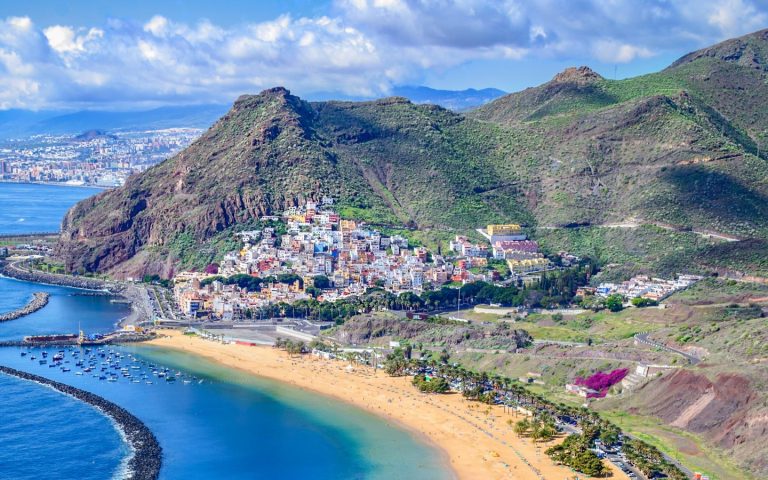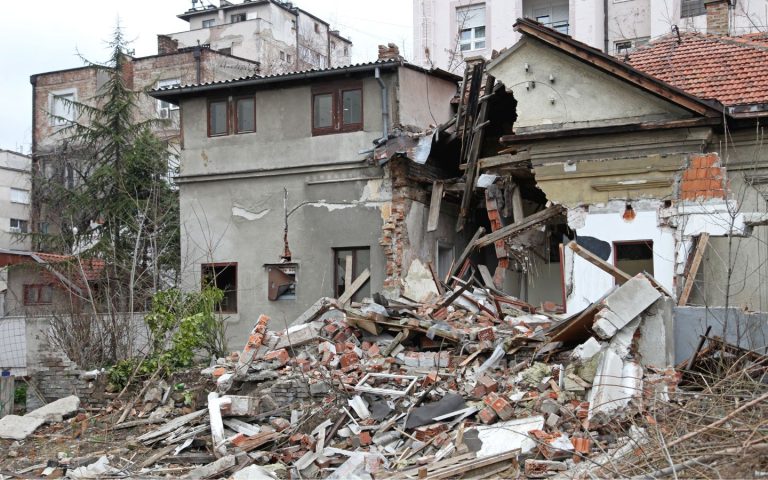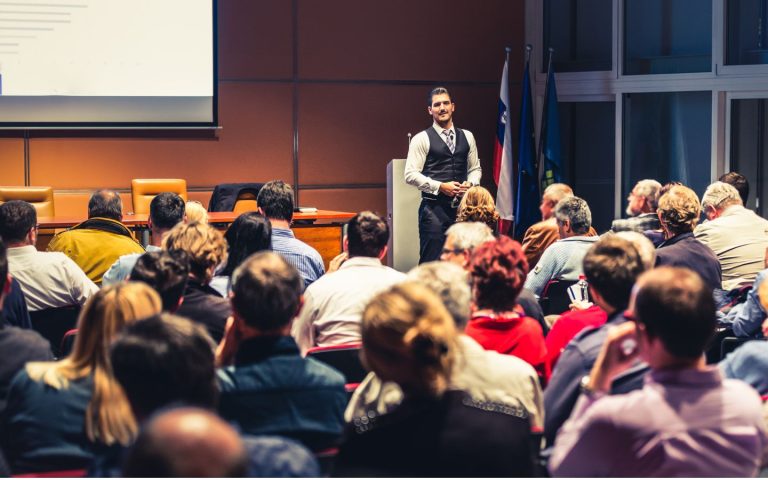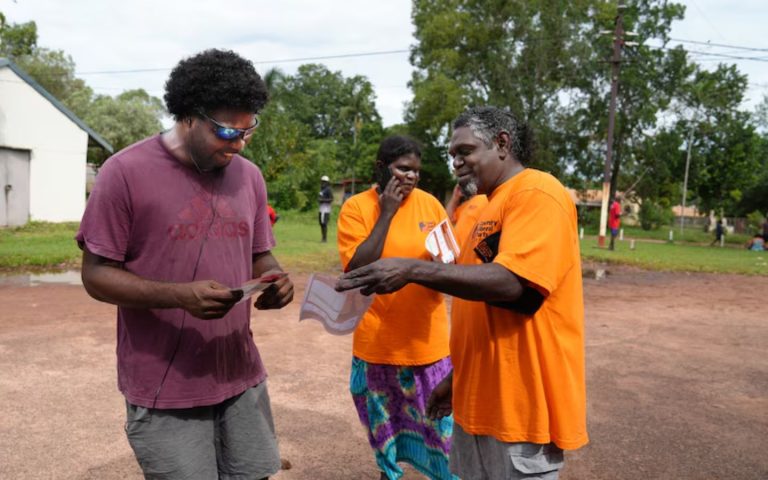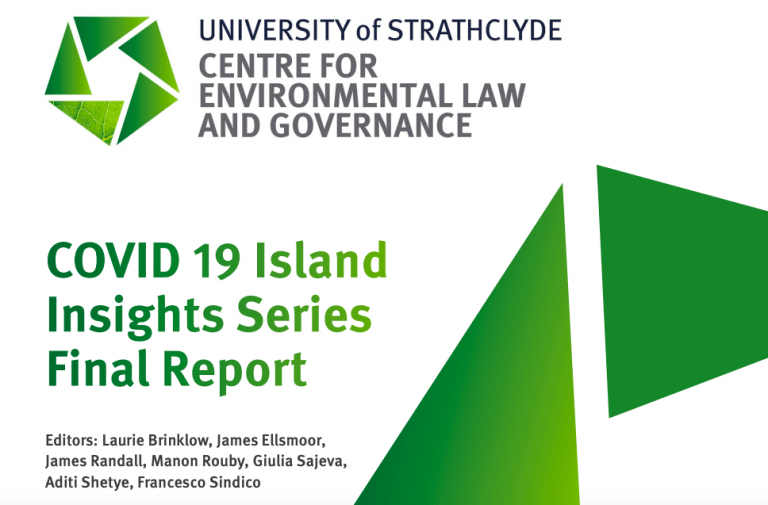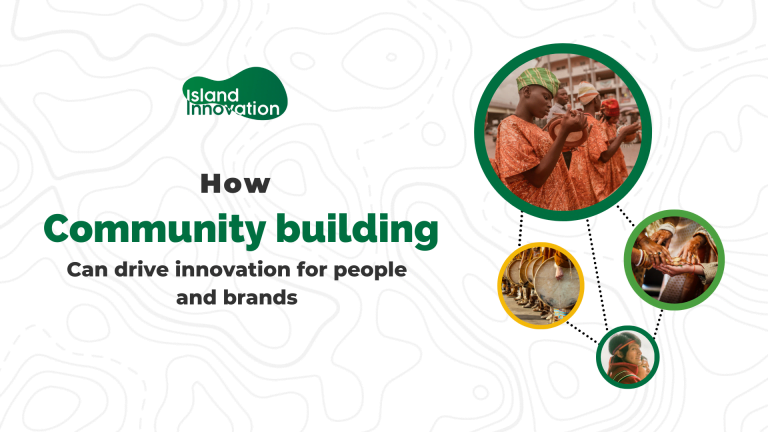Image courtesy: We Are Mayreau, Inc. Retrieved from globalvoices.org
Excerpt from globalvoices.org
The two-hour trip to Mayreau from Bequia across the transboundary Grenadines — a group of nearly 100 islan
ds that form part of Grenada and St. Vincent and the Grenadines — is a 45-kilometre trip south by fast ferry. It began with the glassy grey waters and overcast skies of August. Much-needed rain welcomed us upon arrival; the system grew into Hurricane Franklin, dumping over 12 inches of rain on the Dominican Republic days later.
The sudden cooling felt like we were nestled in a cosy, verdant space surrounded by families and new friends, setting the tenor of the days to come. You know something is different about a place when the community welcomes you with hugs, hand squeezes, smiles like they have known you for a long time, music, food, and drink for all. We were amid a family reunion, an “ole talk” session — a Mayreau “lime.”
Why Mayreau?
My interest in entangled colonial and imperial histories, livingness, heritage stories, spiritual practices and social activism has fuelled questions about how Vincentian tangible and intangible heritages are affected by the communities’ relationship to land, ongoing foreign investment and settlement, one another, and the more-than-human world.
The Isle of Skye parallels some of these Caribbean realities, including a housing crisis brought on by the sale of properties to wealthy British investors, the emigration of youth due to the housing and employment crisis, the imperialist diminution of Indigenous cultures, and the ways in which tourism and land expropriation have shifted the ways that people engage with land, rituals, customs, and heritage. Community-based practices are looking at alternative routes to belonging, justice and reparation and, while the spaces are very different, commonalities exist in the challenge of trying to belong.


